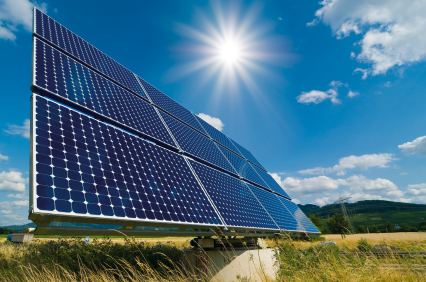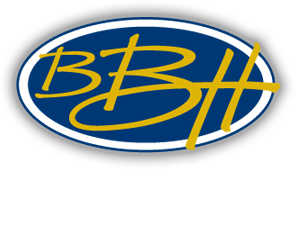
Setting up solar energy panels to supply all, or a portion, of your power could be one of the best ways for you to become energy-efficient. A lot of people don’t realize they can start out with just a couple of solar panels to supply a small amount of their electricity, then begin to add some more panels to their system as cash permits. Having noncommercial solar power needn’t be an all or nothing undertaking. And in the DFW area, where sunlight is abundant, a little bit of sun can go a long way. Here are a few suggestions to get you going.
Set up solar panels to offset the expense of operating a few appliances, like your refrigerator, washing machine and dryer. Your local DFW power company or the product manufacturer can provide you with estimates of how much power the appliances use. Then, put in a solar panel that makes enough electricity to accommodate or surpass what the appliances use.
Exterior lights are an easy mark for utilizing solar power. Most lighting fixtures make use of a mixture of solar cells (for collecting energy throughout the day when the sun is out), and compact batteries (for storing the electrical power and running the lights at nighttime). Safety lights, street lights and other lighting fixtures that generate a lot of consumption may also use smaller solar panels that install independently. This allows them to be adjusted to face the sun. Smaller light sources like walkway lights, garden pond lights and string lights, designed to use low-energy LEDs instead of light bulbs, often have tiny solar cells and battery storage incorporated into their design.
Smaller solar energy panels, or a few solar shingles, might supply enough power to light a garage area or workshop, as well as operate a few power tools. Installing a compact solar power system can be an excellent beginning/home project for someone who has an interest in learning to put in bigger systems.
Use transportable solar power panels to drip charge batteries for equipment that’s not used regularly, but requires a fully charged battery anytime it is used. This works exceptionally well for snowmobiles, jet skis, watercraft, recreational vehicles or motorcycles. If you make use of rechargeable batteries, and a charger to ensure that they’re ready for use, having a solar-driven drip charger can add one more degree of energy self-sufficiency to the system. Based on its size, along with the degree of power it provides, the transportable solar panel may also be used to keep a laptop powered while you’re far from an AC outlet.
Ask your local DFW home builder, Bud Bartley Family of Builders, for more information about incorporating solar energy into your new custom home.
You can also connect with our community on Facebook! You’ll find all kinds of neat content there that isn’t posted anywhere else. Oh yeah, and if you like this post and think others can benefit from the info, please give us a +1 and a Share by clicking on the buttons below!




